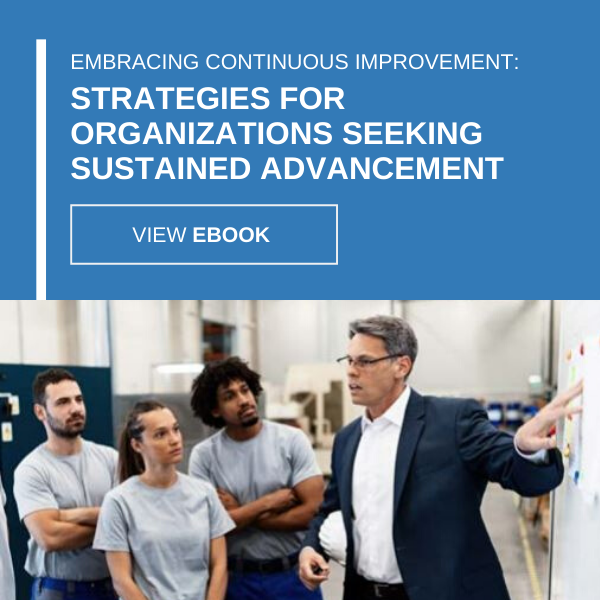
The Benefits of Eye Care in Workplace Productivity and Efficiency
Employee burnout is becoming a critical issue in today’s workplaces. According to the 2023-2024 Aflac WorkForces Report, nearly 60% of U.S. workers across industries report some level of burnout, a substantial rise from 52% in 2021. As we previously discussed, burnout can stem from various factors, including high-stress work environments, increased workloads, long hours, and repetitive or physically demanding tasks. While much of the focus has been on addressing mental health and workload management, there’s another aspect of workplace well-being that deserves more attention: eye care.
For instance, the combination of long hours and repetitive tasks, such as working in front of screens, significantly impacts employees’ eye health and productivity. A report from VSP Vision Care revealed that employees working an average of 96 hours per week often experience eye-related issues, with 50% reporting symptoms that affect productivity (63%), focus (55%), and mental health (42%). This article explores the vital role eye care plays in boosting workplace productivity and efficiency and outlines practical tips for employers to support their teams’ eye health.
How eye health impacts workplace productivity and efficiency
As organizations strive to improve employee well-being, it’s essential to consider the link between vision care and workplace performance. Eye strain and vision problems not only affect individual health but also hinder overall productivity and efficiency.
Case in point, a study in the Computer in Human Behavior Reports journal found that digital eye strain (DES), caused by prolonged screen use, worsens during tasks with high cognitive demands. Symptoms like blurred vision, headaches, and eye fatigue can reduce task completion rates and efficiency. This highlights the importance of addressing vision challenges in digital-heavy roles.
Beyond DES, physical eye injuries remain a concern in many workplaces. The U.S. Bureau of Labor Statistics reports that nearly 20,000 work-related eye injuries occur each year, leading to missed workdays and, in severe cases, permanent vision loss. These injuries range from minor irritations to major trauma and cost U.S. businesses approximately $300 million annually in workers’ compensation, medical expenses, and lost productivity, according to the Occupational Safety and Health Administration (OSHA).
Even less severe vision issues, like uncorrected refractive errors, have a significant economic impact. The Vision Impact Institute estimates that these issues cost the global economy nearly $272 billion in lost productivity each year. Employers who invest in eye care can help mitigate these challenges, fostering both healthier employees and a more productive workforce.
How employers can support their workers’ eye health
To promote workplace productivity and efficiency, employers can adopt strategies to support their employees’ eye health.
1. Prioritize addressing vision issues
Uncorrected vision problems, such as presbyopia, greatly affect workplace performance. Presbyopia, a condition that impacts about 58% of the workforce, makes it harder to focus on close tasks like reading or typing. Alarmingly, many workers remain unaware of the condition, with a BMC Public Health study noting that only 20% of men and 25% of women recognize the term. This knowledge gap can lead to untreated vision issues that reduce work efficiency, especially in roles requiring near vision.
Fortunately, presbyopia is easily managed with eyeglasses. Employers can encourage workers to invest in high-quality eyewear. Ray-Ban, for one, carries a range of customizable men’s eyeglasses, such as the Wayfarer Ease Optics. These frames can be fitted with single-vision or progressive lenses for presbyopia. Plus, the glasses feature anti-scratch and anti-reflective coatings, making them ideal for both desk jobs and industrial environments. Workers who spend long hours in front of screens can also opt for blue light-filtering lenses to alleviate digital eye strain.
2. Encourage the use of protective goggles
Workplace eye injuries are often preventable. According to the American Academy of Ophthalmology, 90% of eye injuries can be avoided with appropriate protective eyewear. As such, employers should provide safety goggles and ensure that they meet ANSI standards for industrial environments.
It’s also essential to address the specific needs of women in the workforce. Historically, personal protective equipment (PPE) has been designed with men’s proportions in mind, which can compromise women’s comfort and safety. Brands like DuPont are making strides in designing women’s protective gear, including safety goggles and garments that enhance both comfort and efficacy. Providing well-fitted protective goggles for all employees reduces the risk of workplace eye injuries and improves overall safety.
3. Conduct workplace vision testing
Finally, regular vision screenings and eye exams are crucial for maintaining a healthy workforce. These assessments can identify issues like refractive errors, eye strain, or early signs of more serious conditions. Employers can make vision care part of workplace culture by conducting on-site vision screenings or partnering with local optometrists for discounted services.
Moreover, incorporating vision health into wellness programs can boost participation and engagement. Employers might also consider offering vision insurance as part of their benefits package to make routine eye care more accessible. These efforts enhance employees’ health while contributing to improved focus, efficiency, and job satisfaction.
Final thoughts
From digital eye strain to uncorrected refractive errors and workplace injuries, vision problems can disrupt productivity and efficiency. Employers who invest in vision care initiatives—whether through addressing refractive errors, promoting protective eyewear, or conducting regular vision screenings—stand to gain a healthier, more engaged, and more productive workforce.
By prioritizing eye care, organizations can reduce costs associated with absenteeism and lost productivity whilst demonstrating a commitment to employee well-being. As business leaders set their sights on operational success, the role of eye care in workplace productivity should not be overlooked.
*This article is written by Rose James. Rose is a freelance writer with almost a decade of experience. She writes about new developments in business and finance, as well as on new technologies like AI and automation.






